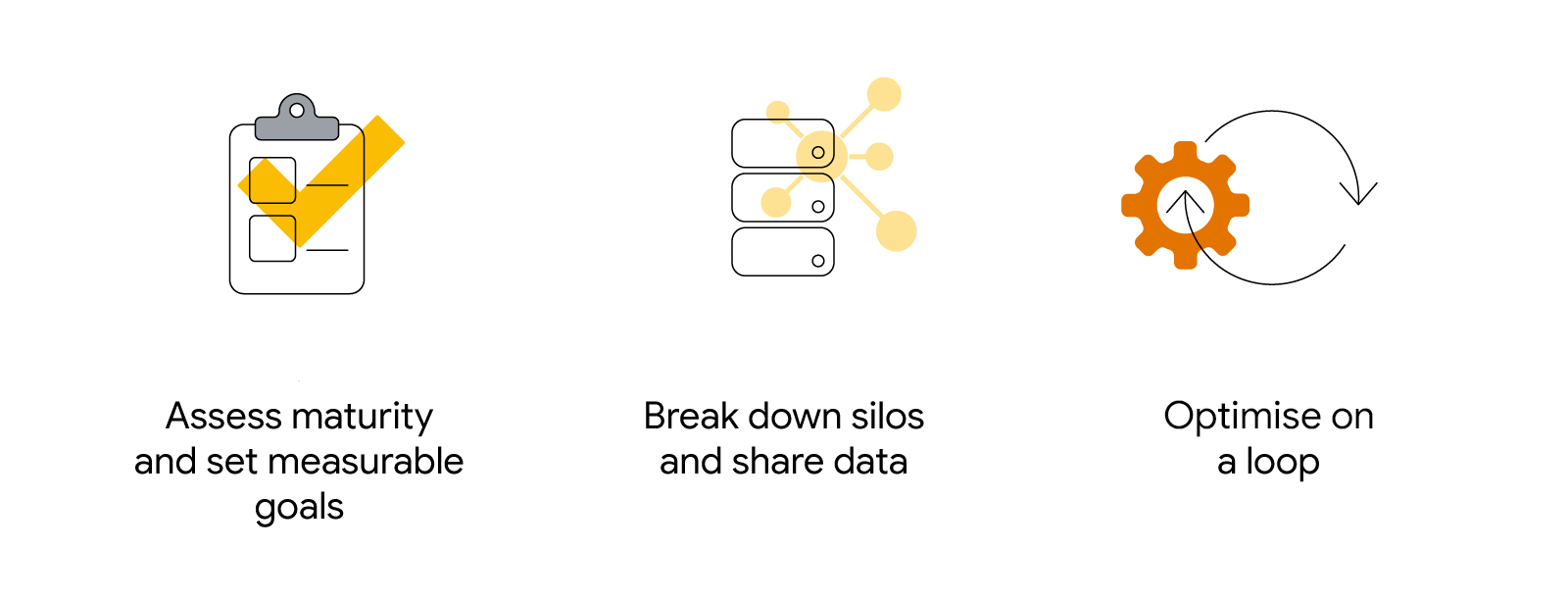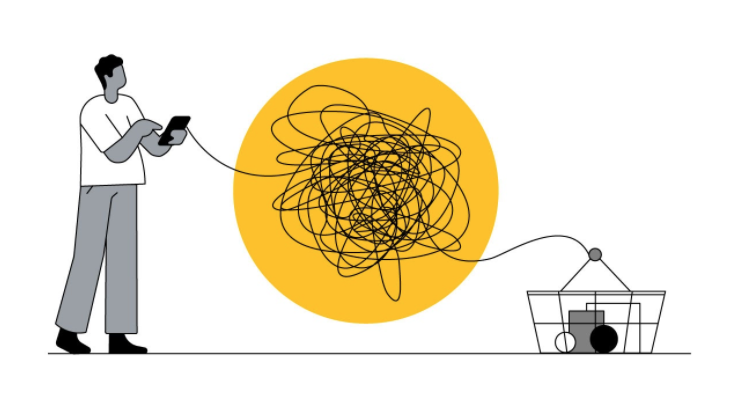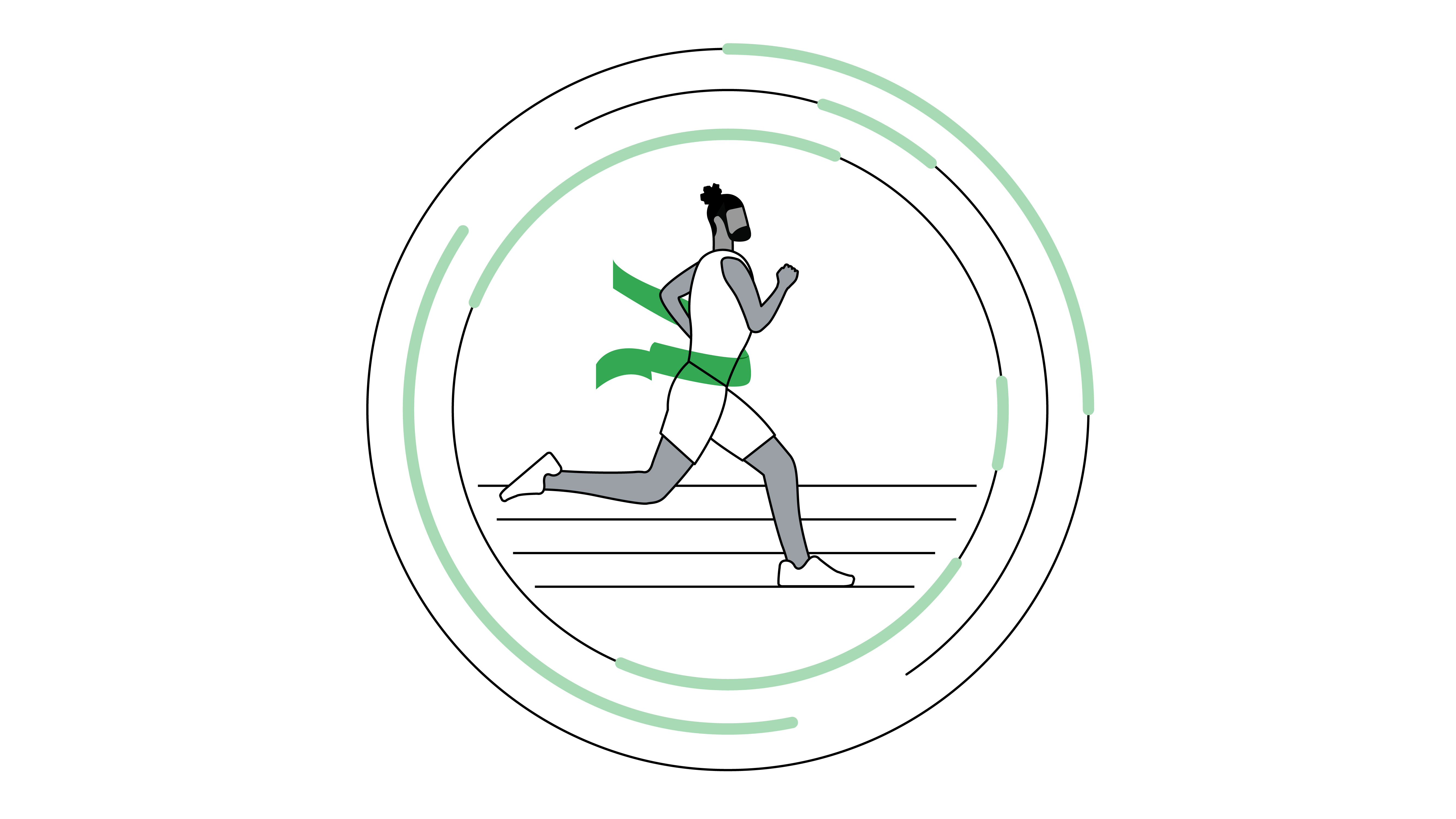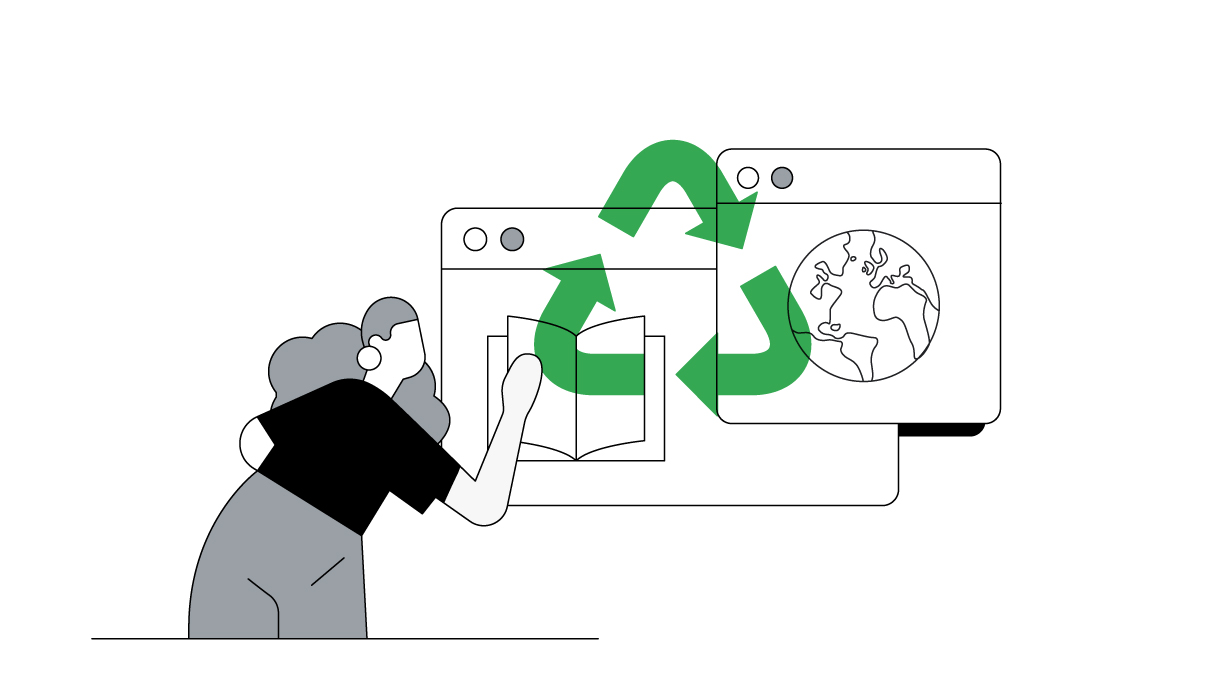Ali Amarsy, SVP of global product strategy at Publicis Commerce, shares how brands can optimise their end-to-end commerce strategy to be future-ready today.
COVID-19 has catapulted us into the future. In 2020, global e-commerce sales growth jumped three years in the first three months of stay-at-home mandates, with a share of overall retail matching 2023 predictions.1 During the early stages of the pandemic, search interest in online shopping and how to buy online grew by 2X worldwide.
Huge shifts in consumer behaviour have left many businesses, often working in outdated systems and processes, faced with new challenges as they try to capture increased demand. In this dynamic market, end-to-end commerce management is no longer a nice-to-have. It’s essential. Much like how “digital strategy” has moved from the last slide in a pitch deck 10 years ago to being the foundation of everything we do today, commerce must now become a core competency for all businesses.
At Publicis Commerce, we’ve been leading our clients through the digital acceleration necessary to navigate these unpredictable times, seize new opportunities, and be ready for what’s next. Here are some of the steps we’re taking to implement future-forward, winning commerce strategies.

Assess commerce maturity and set measurable goals
For companies looking to ramp up investment in end-to-end commerce management, we recommend starting with an honest audit of your capabilities. A commerce maturity assessment — of your organisational structure, operations, category, momentum, and more — starts an informed conversation, establishes where the organisation stands, and clearly maps out the tools and processes necessary to reach the next level. An executive sponsor, like the chief digital officer, can help champion this process, driving a credible agenda and influencing necessary change across all levels of the business.
A commerce maturity assessment can especially help establish a shared scoreboard, with common goals and consistent measurement. For many clients, their assessments inform media budgeting models and major bi-annual media decisions, which then inform day-to-day implementation and optimisation. When COVID-19 hit, one of our CPG clients, spanning multiple regions and categories, was able to quickly identify one specific action each of its brands could adopt across local markets to continue optimising sales. A unified measurement platform and quarterly tracking has allowed both client and agency teams around the globe to maintain a holistic view of progress, regardless of unique and fluctuating market dynamics.
Silos ultimately transfer to the agency structure, which can lead to a disjointed customer narrative.
Break down silos and share data
Client organisations are usually built in silos and make decisions as separate entities, despite engaging the same audiences. These silos ultimately transfer to the agency structure, which can lead to a disjointed customer narrative. Remember, while our aim is to drive sales, it’s also to make the purchase process simple and consistent across multiple brand interactions.
In our experience, agency teams that are briefed as one, ideate as one, and sit as one deliver more seamless brand experiences. At Publicis Commerce, we bring people together from different functions across our agency in one “room” to tap their expertise and align on KPIs. Since everyone sees data from different parts of the business, this sync helps us put the pieces together and extract powerful insights, be it from digital media, offline sales, or site analytics.
At every briefing and ideation session, a commerce expert, familiar with a client’s sales data and analytics, is present. They help challenge our partners to think about what specific commerce outcomes can be driven, regardless of campaign type. Since commerce tools are now available across social and through embedded technologies, these specialists can inform each brief with specific channel mechanisms and metrics.
Pull all partners into one “room” or group to reduce the effect of silos and drive alignment. Integrate data across sales and media channels.
We encourage our clients to evaluate their own systems and procedures. Pull all partners into one “room” or group to reduce the effect of silos and drive alignment. Integrate data across sales and media channels. Share best practices across teams and partners, and monitor the competitive scene to see what’s relevant.
Getting to this level of data fluidity has not only led to consistent double-digit e-commerce growth for certain brands, it’s empowered our aforementioned CPG client to better negotiate data sharing with key retailers, forming a mutually beneficial foundation for a more informed and impactful e-commerce strategy.
Optimise on a loop
Our typical marketing culture involves evaluating performance one campaign at a time. Agencies, including ours, are guilty of this. We know the e-commerce business doesn’t operate on a schedule; consumer data flows nonstop. So why aren’t we applying this continuous learning, optimising campaigns throughout their cycles?
The true benefit of end-to-end commerce is achieved when the ends meet and become a constantly running loop. One of our large electronics clients operates its e-commerce operation with our agency embedded at every step. We track media analytics, social campaigns, merchant feeds, supply chain indicators, and inventory, shifting campaigns in real-time based on a holistic view of all data. There is no beginning or end, just a continuous drive to improve the consumer experience and optimise sales.
The new purchase journey is an ongoing loop, and businesses must adapt in the process. Scale what strikes a chord with customers. Track major commerce trends and ongoing performance as a team. This shift builds an entrepreneurial culture, with a constant test-and-learn attitude more akin to a startup than a Fortune 500 business unit. It has fundamentally reshaped the agency-client relationship, and our approach to the end consumer as well.
Businesses no longer have the luxury of planning for the e-commerce revolution; it’s here and building momentum.
Businesses no longer have the luxury of planning for the e-commerce revolution; it’s here and building momentum. Adapting to shifting consumer behaviours and transforming complex organisations may seem daunting, but we’ve seen clients successfully make the change. Audit and organise around measurable goals; break down silos and share data; and use that data to continuously optimise the customer experience. The future of commerce, and your sales recovery, depends on it.






